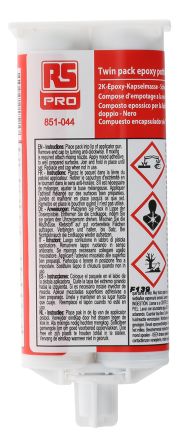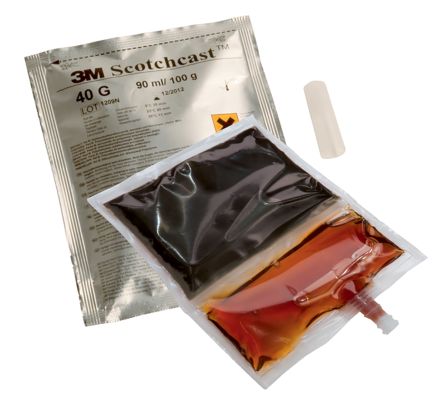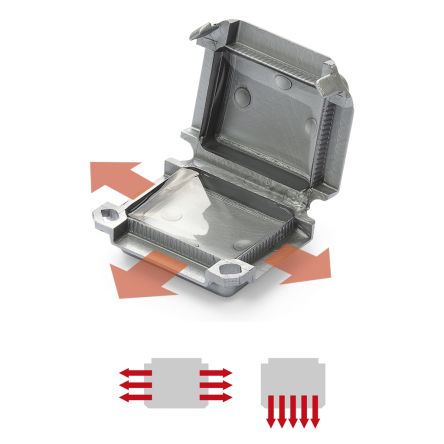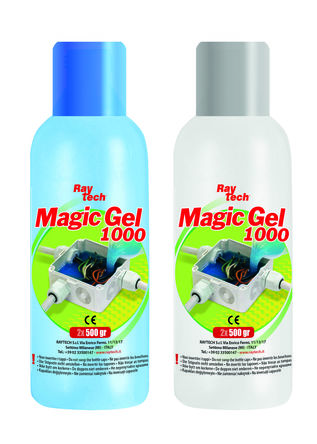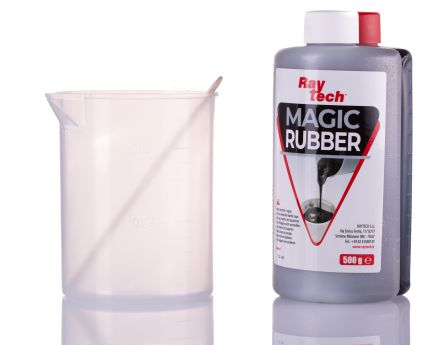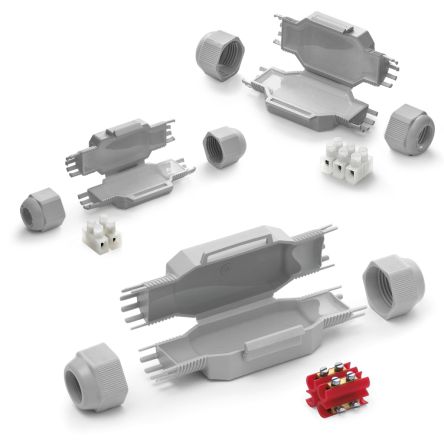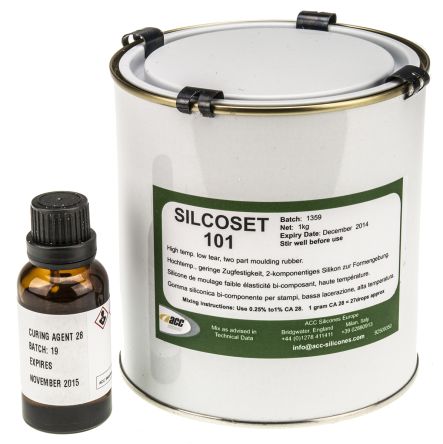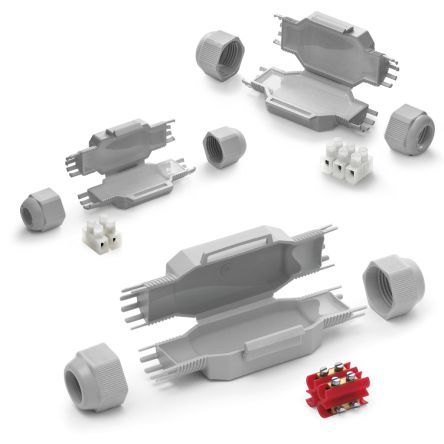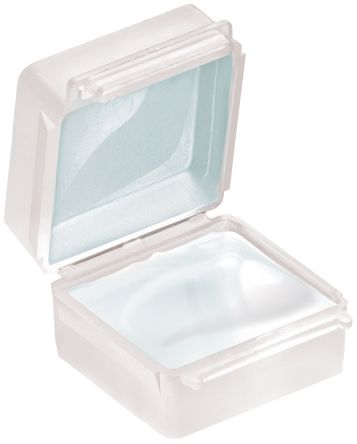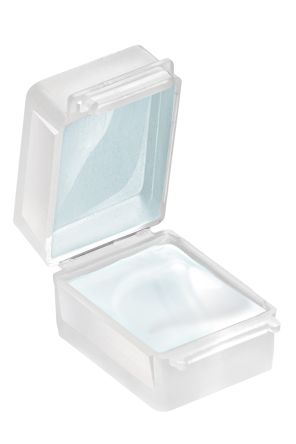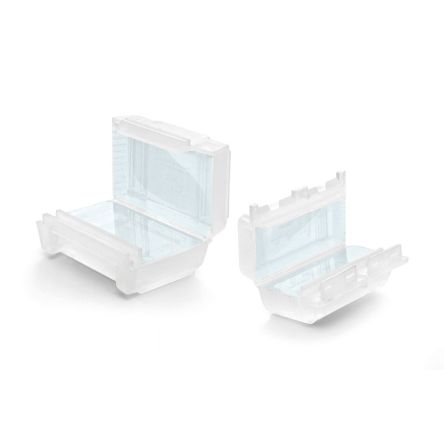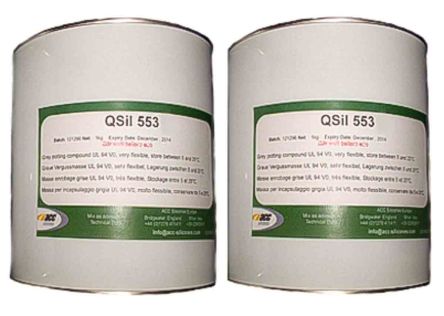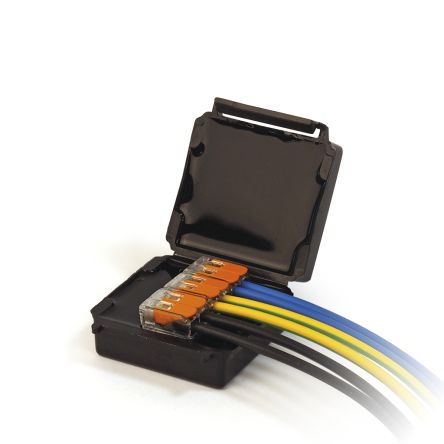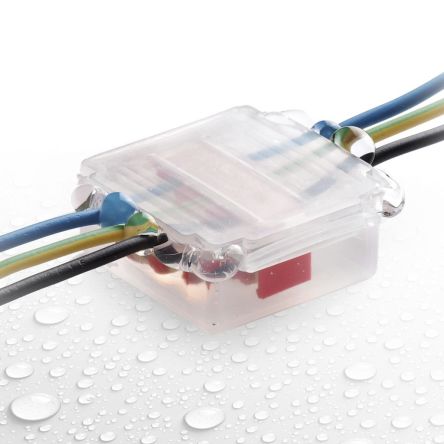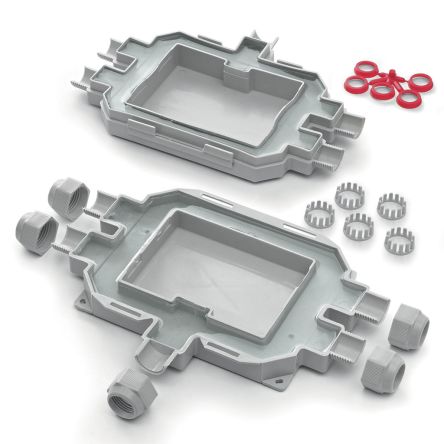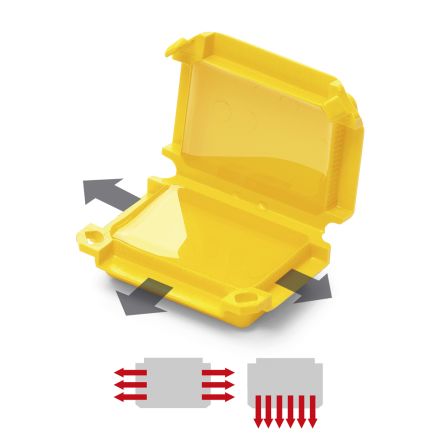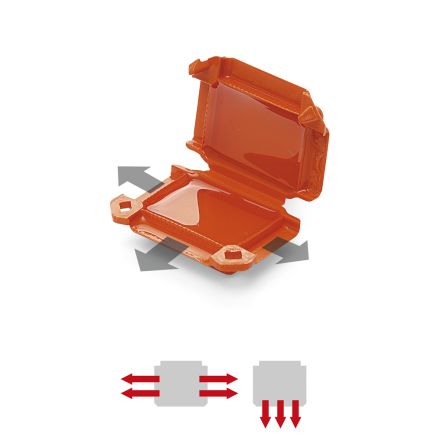- Automation & Control Gear
- Cables & Wires
- Enclosures & Server Racks
- Fuses & Circuit Breakers
- HVAC, Fans & Thermal Management
- Lighting
- Relays & Signal Conditioning
- Switches
- Batteries & Chargers
- Connectors
- Displays & Optoelectronics
- ESD Control, Cleanroom & PCB Prototyping
- Passive Components
- Power Supplies & Transformers
- Raspberry Pi, Arduino, ROCK, STEM Education & Development Tools
- Semiconductors
Potting Compounds
An electronic assembly must be protected from hazards such as vibration, shock, heat dissipation, humidity, and corrosive elements.Potting is one way to achieve this level of protection. And there are several good reasons for potting electronics. For permanent protection, an electronic assembly is potted with a compound named potting compounds.Potting compounds are general-purpose types of sealant that can offer environmental, mechanical and physical protection to circuit boards and electronic assemblies.
In what ways do potting compounds make your life easier?
When hardened and cured, the potting compound creates a solid shell around your electronics, protecting them against thermal or physical shock, moisture, vibration, and other potentially harmful conditions. Furthermore, it reduces the reliance on solder joints in the pins that are connected to the circuit board by taking most of the stress off the pins.On the other hand, the mechanical protection provided by the protective materials allows the components to remain highly functional in extreme conditions. The materials of choice are often thermosetting plastics or silicone rubber gels.A converter PCB is also protected from air leaks by potting, which replaces it essentially with an insulating medium1, preventing arc-overs resulting from overvoltage stress in the power supply, especially in high altitude environments, moisture, dust, and dirt that can reduce insulation between input and output, resulting in tracking across surfaces or reducing insulation.In converters, thermally conductive potting materials reduce hot spots, dispersing heat far enough away from components to level out thermal gradients, reducing component stress caused by temperature differences.Whereas a potted DC/DC converter provides an extended storage time and service life. The materials used in RECOM's products have a ten-year shelf-life and we occasionally get requests for replacement converters for products that were manufactured in the 1990s and have been operational for decades. The longevity of the converter is partly a result of its hermetic seal, which provides a sterile, secure setting within which the converter's electronic components can perform at their best.
Types of compounds
The potting compounds on the market vary in viscosity, requirements for cure conditions, among other factors. Compounds such as urethane, silicone, and epoxy are widely used in a variety of applications.Epoxy Potting CompoundsEpoxy potting compounds generally perform as a better adhesive, high-temperature resistance, and chemical resistance. Epoxy systems have better adhesion to a wide variety of substrates and typically do not need primers. They are easy to use and are predictable. They have good high-temperature resistance up to 400°F.Urethane Potting Compounds Urethane potting compounds generally have better flexibility, elongation, and abrasion resistance. Since they can have Tg below -40°C they are an excellent selection for SMT PC board potting. Their gel time can be easily changed with an accelerator without changing the properties.Silicone Potting CompoundsSoft and flexible, silicone potting compounds and encapsulating materials possess a good level of elongation. Aside from being the most versatile material, silicone can also withstand a wide range of temperatures. Most silicone materials are able to operate at temperatures between -100°C and 200°C with a specially formulated silicone potting compound.Acrylic Potting Compounds Acrylic potting compounds are UV and heat-hardening materials. Due to their fast hardening, adequate chemical resistance, and clear appearance, they are highly desirable.
Popular Searches
Related links
- Raytech WONDER-F280 Green Silicone Potting Compound 280 ml
- Acc Silicones 520005402 Silicone Potting Compound 2 L
- Acc Silicones SE3000 Grey, Orange Silicone Potting Compound 2 kg
- Acc Silicones QSIL-553 Grey Silicone Potting Compound 250 g
- RS PRO Black Epoxy Potting Compound 50 ml
- Raytech Nano3 Potting Compound
- Raytech HappyJoint5 Potting Compound
- Raytech FOXBOX Grey Potting Compound
